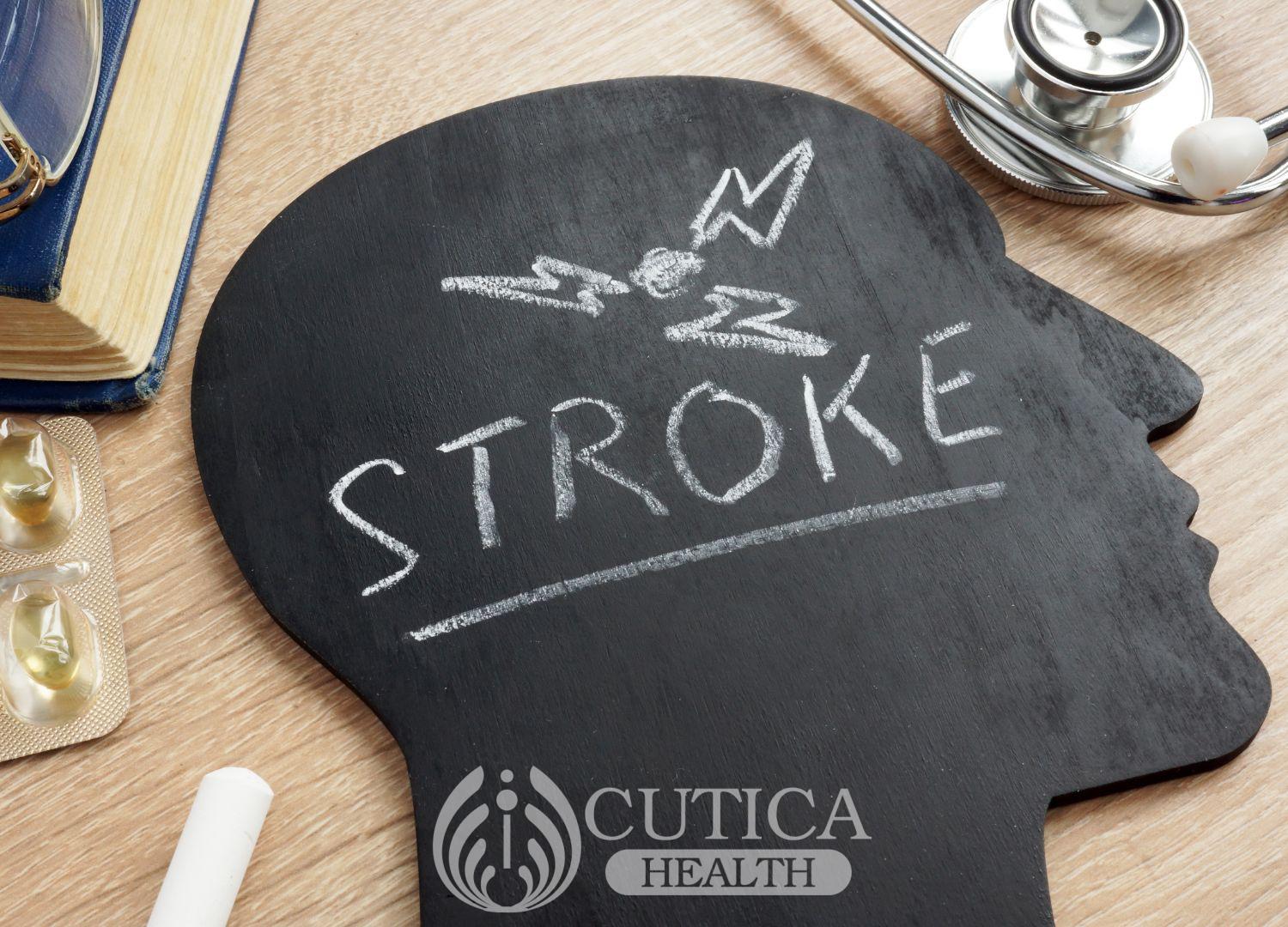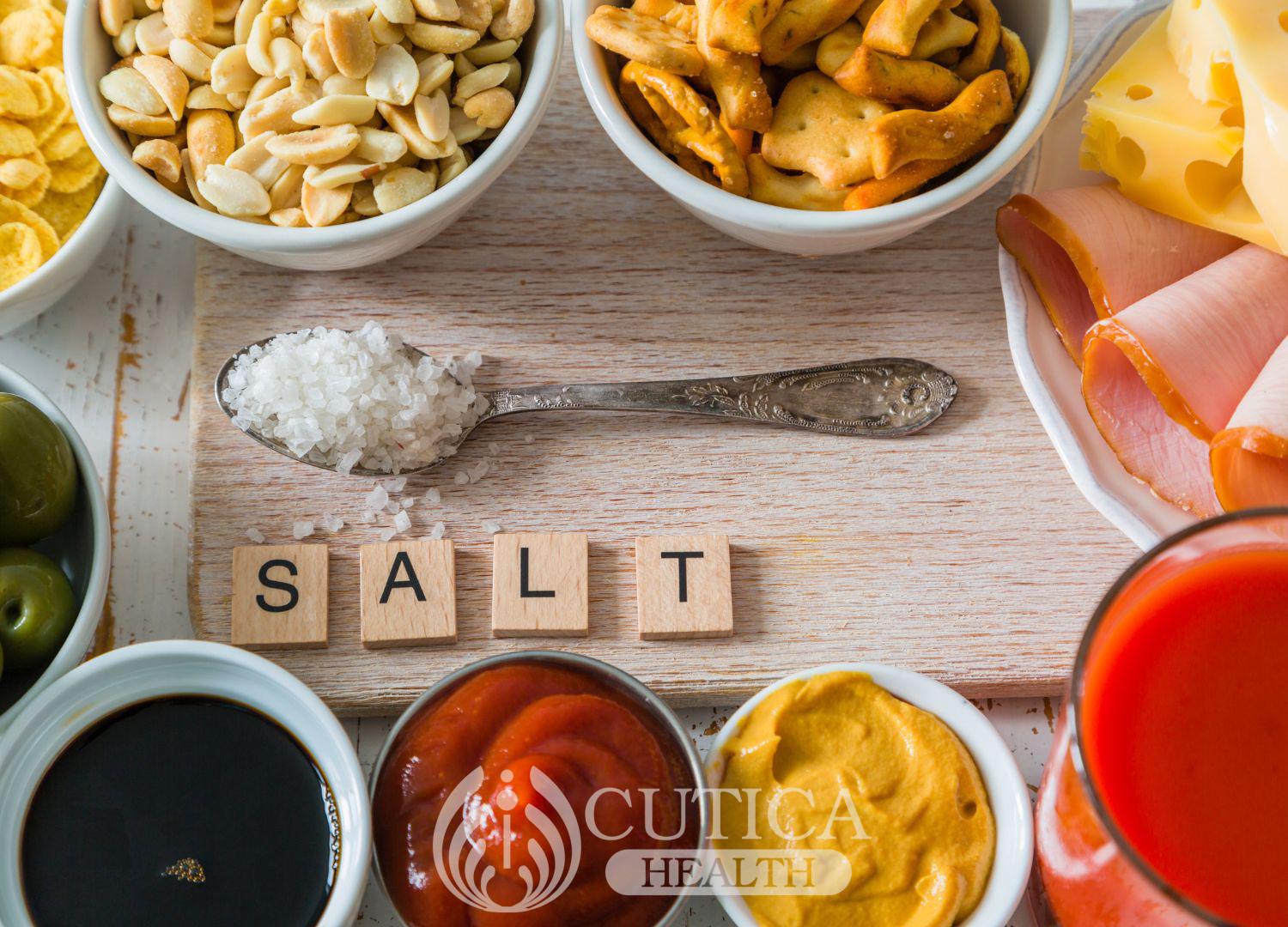
Imagine waking up one day and finding yourself unable to move your arm or leg. Or being unable to speak or understand what others are saying. This is what happened to 54-year-old Sarah, when she suffered a stroke. It was a life-changing moment for her and her family. The incident left her with permanent disabilities, including difficulty speaking and limited mobility.
Sarah's case was caused by a buildup of plaque in her arteries, which restricted blood flow to her brain. It was later discovered that her unhealthy diet was a significant contributing factor. High levels of salt, unhealthy fats, and a lack of fruits and vegetables in her diet led to high blood pressure, a leading cause of stroke.
The role of diet in stroke prevention
Strokes are a leading cause of death and disability worldwide, affecting millions yearly. Research has shown that our diet plays a crucial role in developing and preventing stroke. A balanced diet rich in fruits, vegetables, whole grains, and low-fat dairy products can reduce the risk of stroke by up to 80%.
The dangers of a high-salt diet
A high-salt diet is one of the most significant dietary factors that increase the risk of stroke. Salt raises blood pressure, which increases the strain on the heart and blood vessels, leading to plaque in the arteries. A diet high in salt can also lead to fluid retention, which puts extra pressure on the heart and blood vessels, increasing the risk of stroke.
In order to reduce the risk of stroke, limiting the amount of salt in your diet is essential. The American Heart Association recommends that adults consume no more than 2,300 milligrams of salt per day, with an ideal limit of 1,500 milligrams per day. This is equivalent to about one teaspoon of salt. 
The benefits of a diet rich in fruits and vegetables
A diet rich in fruits and vegetables is beneficial for preventing stroke. Fruits and vegetables are high in fiber, vitamins, and minerals, which help to lower blood pressure, reduce inflammation, and improve the health of blood vessels. Consuming five portions of fruits and vegetables per day can reduce the risk of stroke by up to 26%.
Fruits and vegetables are also high in antioxidants, which protect against damage from free radicals, which are toxic compounds that contribute to developing chronic diseases, including stroke. Some of the best fruits and vegetables for stroke prevention include leafy greens, berries, tomatoes, apples, and oranges.
The dangers of a diet high in unhealthy fats
A diet high in unhealthy fats, such as saturated and trans fats, increases the risk of stroke. These unhealthy fats raise cholesterol levels, which contributes to the development of plaque in the arteries. Plaque restricts blood flow to the brain, increasing the risk of stroke.
One should limit the intake of unhealthy fats and consume healthy fats, such as unsaturated fats found in nuts, seeds, and fatty fish. Consuming two portions of fatty fish per week can reduce the risk of stroke by up to 50%.
Conclusion
Our diet plays a crucial role in the prevention and development of stroke. A diet high in salt, unhealthy fats, and low in fruits and vegetables increases the risk of stroke, while a diet rich in fiber, vitamins, minerals, and antioxidants reduces the risk of stroke. Work hard to consume a diet that is rich in fruits and vegetables, whole grains, and low-fat dairy products. Limit the intake of unhealthy fats and salt.

In addition to a healthy diet, other lifestyle changes can also reduce the risk of a stroke. Regular exercise, quitting smoking, reducing stress, and maintaining a healthy weight are essential steps in stroke prevention.












